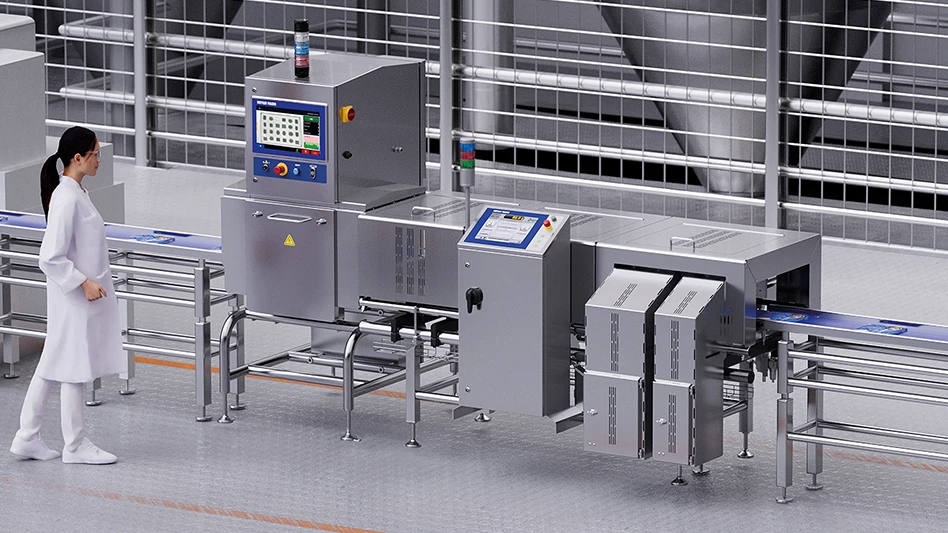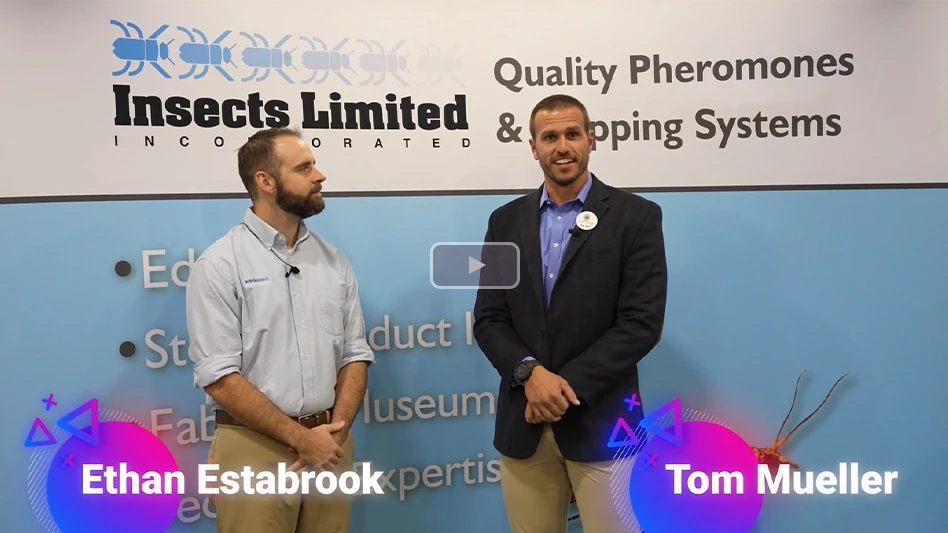 RK Environmental Services, a Food Protection Alliance member, shares their approach to a client’s rodent infestation in a warehouse setting. . The client had changed Integrated Pest Management contractors as a result of the heavy infestation and RKE was tasked with solving the problem. Upon completion of an extensive inspection rodent droppings, nesting materials, rub marks and urine trails were found in addition to gnawed and destroyed food products. With the inspection out of the way, documented and the pest properly identified, the control phase was implemented. In the end everyone learned something from the incident. Including: Proper trap placement, alternative thinking, improved cleaning practices, improved stock rotation, exclusion and follow-through.
RK Environmental Services, a Food Protection Alliance member, shares their approach to a client’s rodent infestation in a warehouse setting. . The client had changed Integrated Pest Management contractors as a result of the heavy infestation and RKE was tasked with solving the problem. Upon completion of an extensive inspection rodent droppings, nesting materials, rub marks and urine trails were found in addition to gnawed and destroyed food products. With the inspection out of the way, documented and the pest properly identified, the control phase was implemented. In the end everyone learned something from the incident. Including: Proper trap placement, alternative thinking, improved cleaning practices, improved stock rotation, exclusion and follow-through.
Not too long ago a newly acquired client was being “over run” by rodents in one of their smaller warehouses. The client had changed Integrated Pest Management contractors as a result of the heavy infestation and RKE was tasked with solving the problem. Immediately upon entering the facility a strong ‘animal’ odor could be detected and live mice were observed scurrying along the walls during daylight hours (a key indicator of a heavy infestation).
 Upon completion of an extensive inspection rodent droppings, nesting materials, rub marks and urine trails were found in addition to gnawed and destroyed food products. With the inspection out of the way, documented and the pest properly identified, the control phase was implemented. This was a multi-stage approach with the first phase being “population reduction”; catching as many mice as possible.
Upon completion of an extensive inspection rodent droppings, nesting materials, rub marks and urine trails were found in addition to gnawed and destroyed food products. With the inspection out of the way, documented and the pest properly identified, the control phase was implemented. This was a multi-stage approach with the first phase being “population reduction”; catching as many mice as possible.
To do so a total of 100 rodent snap traps, baited with a non-toxic, hypo-allergenic (avoid using peanut butter or cheese due to reduce the risk of allergen cross contact) attractant. Each trap was dated and numbered to ensure traceability and accountability. A detailed map of the facility was created to identify the location of each device. The traps were set and left for 48 hours, after the 48 hours the traps and mice were collected. During the “first round” 36 mice were caught and discarded. The results were recorded and the used traps were removed from the list and the schematic/map. Supplemental glue boards (all dated, numbered and added to a schematic) were added in various areas during the process. This process was repeated for 2 weeks with every other day visits and inspections. Eventually all mice were removed from the facility and the voids, holes and deep cracks were sealed, the floors cleaned/sanitized as the population reduction program was implemented and maintained. The facility has been relatively rodent free ever since. In the end over 100 mice were caught and removed during the 2 week long “clean-out”
In the end everyone learned something from the incident. Including: Proper trap placement, alternative thinking, improved cleaning practices, improved stock rotation, exclusion and follow-through.
Submitted by: Rich Gibson, ACE, CHA
Food Protection Alliance
www.fpalliance.com
Latest from Quality Assurance & Food Safety
- MARTOR Releases Metal Detectable Holster for SECUNORM 610 XDR
- FDA, CDC Investigate E. Coli Outbreak Linked to Organic Carrots
- USDA and Montana Award $3.1 Million to Projects That Strengthen Food Supply Chain Infrastructure
- PTNPA to Host Webinar Unveiling Post-Election Insights for Nut Industry
- Keep Food Safety in Mind This Thanksgiving
- FDA Updates Guidance for Voluntary Qualified Importer Program
- IDFA Announces 2025 Women's Summit
- Submissions Open for IAFP’s European Symposium on Food Safety





